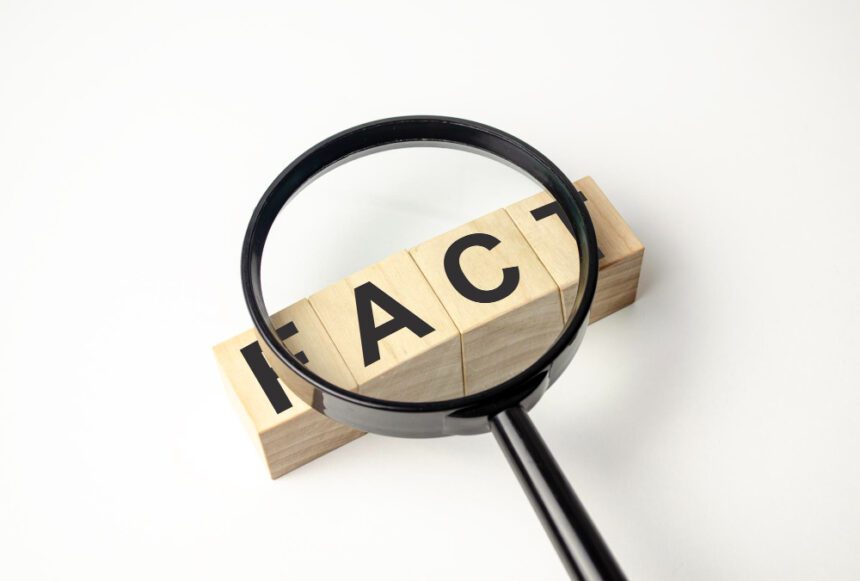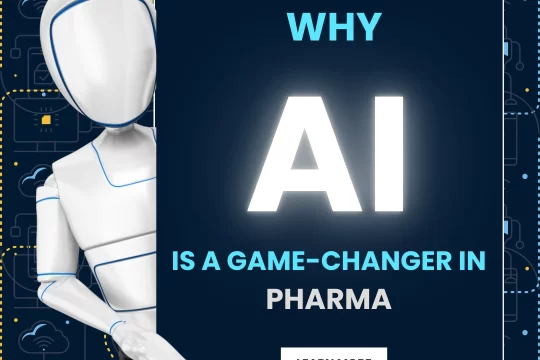Dispelling Common Misconceptions About Pharmacovigilance in 2024

Pharmacovigilance, an integral part of ensuring drug safety, is often misunderstood and surrounded by misconceptions. In today’s blog post, we aim to debunk some prevalent myths and provide factual insights into the world of pharmacovigilance.

Myth 1: Pharmacovigilance Is Only About Reporting Adverse Drug Reactions (ADRs)
Fact: While reporting adverse drug reactions is a crucial component, pharmacovigilance encompasses a broader spectrum of activities. It involves the systematic monitoring, detection, assessment, understanding, and prevention of adverse effects or any other drug-related problems. Pharmacovigilance also includes evaluating medication errors, misuse, off-label use, and the overall safety profile of drugs throughout their lifecycle.
Myth 2: Pharmacovigilance Is Solely the Responsibility of Pharmaceutical Companies
Fact: Pharmacovigilance is a collective responsibility involving various stakeholders, including pharmaceutical companies, regulatory authorities, healthcare professionals, patients, and consumers. Pharmaceutical companies play a significant role in collecting and reporting adverse events, but healthcare professionals and patients also contribute by reporting suspected adverse reactions to regulatory agencies or drug safety databases.
Myth 3: Only New Drugs Require Pharmacovigilance Monitoring
Fact: While new drugs undergo extensive monitoring during clinical trials, pharmacovigilance continues throughout a drug’s lifecycle, encompassing post-marketing surveillance. Even well-established medications require ongoing monitoring to detect rare or long-term adverse effects that may not have been evident during initial trials. Continuous evaluation ensures the ongoing safety and effectiveness of all medications in use.
Myth 4: Pharmacovigilance Is Reactive, Not Proactive
Fact: Although pharmacovigilance involves the identification and analysis of adverse events after a drug is marketed, it also proactively assesses risks. This includes conducting risk assessments, signal detection, risk management plans, and implementing preventive measures to mitigate potential risks before they cause harm.
Myth 5: Only Serious Adverse Events Are Worth Reporting
Fact: Reporting any suspected adverse event, regardless of severity, is essential in pharmacovigilance. Even seemingly minor side effects or unexpected outcomes should be reported. Understanding the full spectrum of a drug’s effects, from mild to severe, contributes to a comprehensive safety profile and helps in making informed decisions about its usage.
Myth 6: Pharmacovigilance Slows Down Drug Approval Processes
Fact: Pharmacovigilance aims to ensure patient safety without unnecessarily delaying the drug approval process. Rigorous monitoring during clinical trials and post-marketing surveillance may actually enhance drug development by identifying potential issues early, leading to better-informed decisions and safer medications.
Myth 7: Pharmacovigilance Is Limited to Prescription Medications
Fact: Pharmacovigilance extends beyond prescription drugs to include over-the-counter medications, herbal remedies, vaccines, medical devices, and even cosmetics. Any product that affects human health and wellbeing is subject to pharmacovigilance monitoring.
Myth 8: Pharmacovigilance Is an Exclusive Concern of Developed Countries
Fact: While pharmacovigilance systems may vary in their structure and resources, drug safety is a global concern. Developing countries also have pharmacovigilance programs to monitor drug safety, contribute data to international databases, and ensure public health standards are met.
Myth 9: Pharmacovigilance Is Limited to Healthcare Professionals
Fact: Patient involvement is increasingly recognized as crucial in pharmacovigilance. Patients and consumers are encouraged to report any suspected adverse reactions they experience or observe. Their insights provide valuable real-world data and contribute significantly to drug safety assessments.
Myth 10: Pharmacovigilance Is Only Relevant for Current Drug Users
Fact: Pharmacovigilance data and assessments have a broader impact on future patients and public health. Information gathered from pharmacovigilance activities contributes to healthcare decisions, regulatory changes, drug labeling updates, and may influence prescribing practices, benefiting future drug users.
Conclusion
In conclusion, dispelling the common myths about pharmacovigilance is crucial for understanding its significance in the healthcare landscape. This field extends far beyond mere reporting of adverse events; it involves a proactive approach to ensuring drug safety, continuous monitoring, and collaborative efforts among various stakeholders.
For those aspiring to build a career in pharmacovigilance, seeking proper training is imperative. Institutes like Pharmacovigilance Institute provide comprehensive courses designed to equip individuals with the necessary skills and knowledge required in this specialized field. Their structured training programs cover various aspects, from understanding regulatory guidelines to mastering risk assessment methodologies, preparing individuals to excel in the dynamic and critical realm of pharmacovigilance.
Choosing the right pharmacovigilance training institute, such as Pharmamentors, can significantly enhance one’s prospects in the field of pharmacovigilance. By gaining a solid foundation through professional training, individuals can step into this rewarding career path confidently, contributing to the crucial task of ensuring drug safety and ultimately improving patient outcomes.


